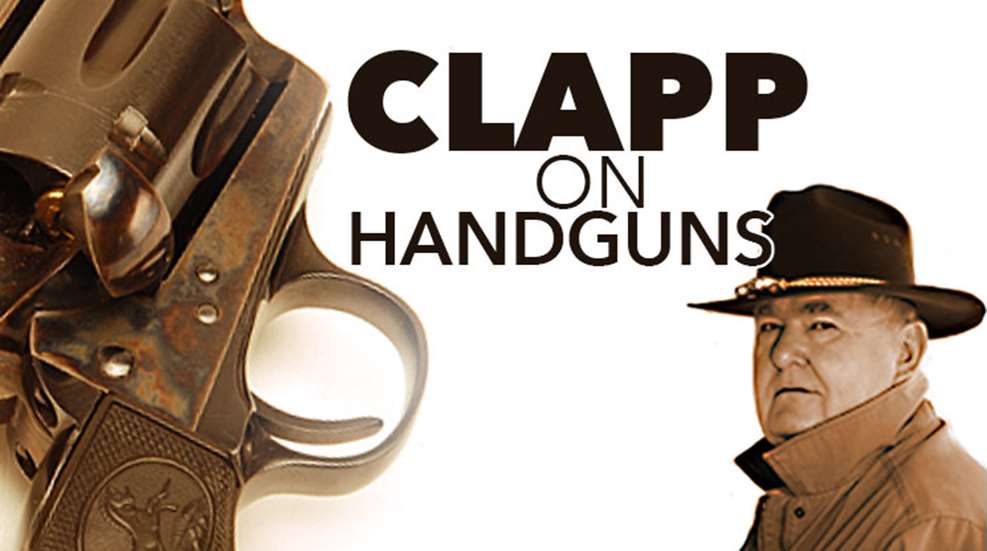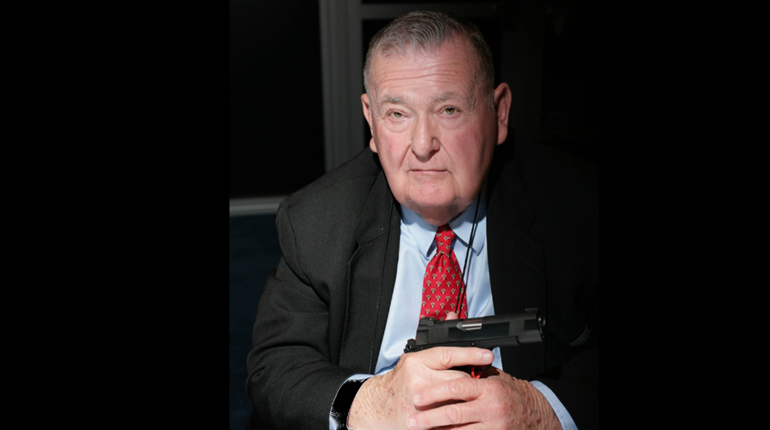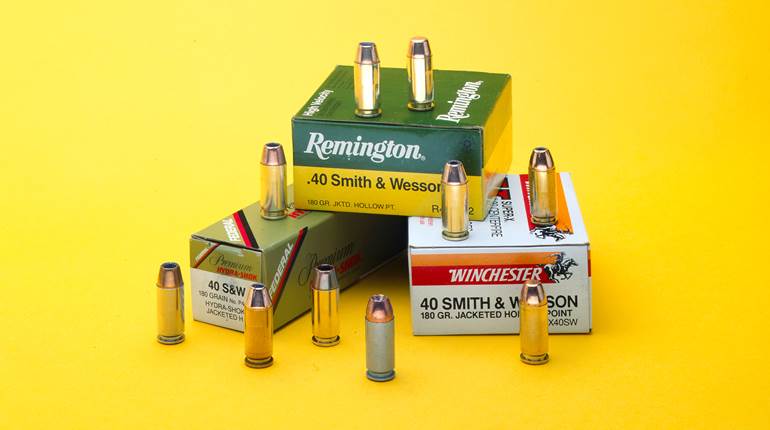
Wow! I had no idea that my recent comments on the status of the .40 S&W cartridge would set off such a controversy. A great many readers had quite a variety of observations and comments about where the .40 stands in relation to other common defensive pistol cartridges. I think it might be prudent to look at the situation a little more in-depth. The original intent of the S&W and Winchester designers was to build a new pistol cartridge that delivered a larger and heavier bullet at enough velocity to be combat effective, as compared with the 9 mm Luger. Although it appeared on the market just a little later than the 10 mm, it was never intended to compete with that round. One of the major design concepts was to use the same basic receiver as the then-common 9 mm metal frame pistols. The first guns were in the S&W 3rd Generation, followed quickly by the polymer Glocks and other metal guns. All of these guns worked pretty well, but eventually needed “tweaking” to achieve a good service life.
In police service use, the .40 S&W was an instant hit. It went into the same holster as the previous 9 mm, gave up about three to five rounds of capacity in a dimensionally identical magazine and stopped many fights. Plainly, it was a success. Since the cartridge was introduced in 1990, I have been working steadily as a primarily handgun writer for gun magazines. This has given me access to just about every new model .40 S&W pistol introduced by the major (and some minor) makers. They all work well with respectable ammo. While some of the ammo makers have tried lighter bullets for higher velocities, the range of really accurate and reliably expanding bullets weigh from 165 to 180 grains. In my opinion, it is an error to try to make the Forty a speed demon, just as it is to do the same thing with the .45 Auto.
For the most part, the .40 had done very well. It is, however, a very quick cartridge in the interior ballistics sense. Within the first magazine of ammo I fired from the first Model 4006 ‘smith, I noticed a sort of wipe mark on the primer. It happens when the firing pin makes its strike and the barrel begins to drop as the gun unlocks from battery. The firing pin spring cannot retract the firing pin quickly enough to avoid a very slight drag. At one point, this concerned me greatly and I checked all kinds of ammo fired from many makes of guns. After a number of years of doing this, I came to the realization that it doesn’t seem to make much difference. Even with factory ammo, I have had no problems with cartridge functioning (deep-seating, etc) and my handloads always use a proper taper crimp. I think the .40 is a fine addition to the defensive handgunner’s arsenal. It has also spawned the .357 Sig, a cartridge I am assigned to address in a full-length American Rifleman article next year. Stay tuned.




































